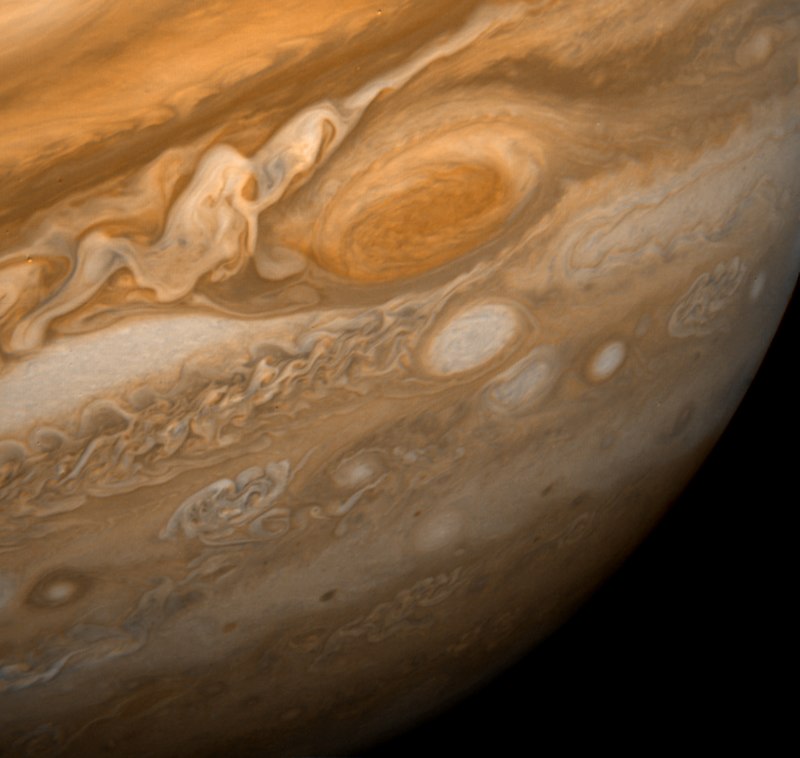Celestial Alignment: Moon, Mars, and Regulus to Illuminate Night Sky

On June 29, 2025, a remarkable celestial event will unfold as the Moon, Mars, and the star Regulus align in a spectacular conjunction visible from London at 22:15 BST. This event marks a significant moment for astronomers and skywatchers, following a recent close encounter between Mars and Regulus, which occurred just a week prior.
The Moon, only 4.7 days old at the time of the conjunction, will be transitioning towards its first quarter phase, showcasing over 22% of its surface illuminated. This celestial display offers a unique opportunity to observe the relative positions and distances of these astronomical bodies.
According to Dr. Emily Carter, an astrophysicist at the Massachusetts Institute of Technology (MIT), “This event is particularly interesting because it illustrates the dynamic interplay between different celestial objects in our solar system. The Moon, being the closest to Earth, will appear to us almost instantaneously, while light from Mars takes nearly 16 minutes to reach us and light from Regulus, located approximately 79 light-years away, takes nearly eight decades.”
### Historical Context Astronomical conjunctions like this one have fascinated humanity for centuries. Historical records indicate that such alignments were often interpreted as omens or significant events in various cultures. The last notable conjunction involving Mars and Regulus occurred on June 22, 2025, which further enhances the significance of this upcoming event.
The phenomenon of celestial alignments has gained increased attention in recent years, especially with advancements in astronomical technology and the growing interest in space exploration. The alignment of the Moon, Mars, and Regulus is not only a visual spectacle but also an opportunity for educational outreach and public engagement with astronomy.
### Current Situation Analysis As the date approaches, astronomy clubs and organizations are preparing to host viewing events. The Royal Astronomical Society has announced that they will provide telescopes and expert guidance for enthusiasts in London. According to Dr. Alan Hughes, President of the Royal Astronomical Society, “We encourage the public to come out and engage with the cosmos. Events like these not only foster a greater appreciation for our universe but also inspire the next generation of astronomers.”
The conjunction will be particularly visible in the northern hemisphere, where observers can expect to see the Moon and Mars in the north-northwest skies. In contrast, observers in the southern hemisphere will have a view of the same celestial bodies appearing high in the sky.
### Expert Commentary Astrophysicist Dr. Sarah Johnson from Harvard University emphasizes the educational value of such events: “Celestial events like this allow us to teach not only about astronomy but also about the distances involved in space. The fact that we see the Moon as it was seconds ago, Mars as it was nearly 16 minutes ago, and Regulus as it was almost 80 years ago illustrates the vast scales of time and distance that define our universe.”
Furthermore, the alignment prompts discussions about future astronomical explorations. With missions to Mars and studies of distant stars ongoing, this conjunction serves as a reminder of humanity's quest to understand the cosmos.
### Impact Assessment The implications of this celestial event extend beyond mere aesthetic enjoyment. It serves as a focal point for discussions surrounding space exploration and scientific inquiry. Events like these can stimulate interest in STEM (Science, Technology, Engineering, and Mathematics) fields, potentially influencing educational trends and career choices among young people.
The upcoming conjunction also provides a platform for global engagement. Organizations such as NASA and the European Space Agency (ESA) often utilize such events to promote awareness of their missions and the importance of space science.
### Future Projections Looking ahead, the alignment of celestial bodies is anticipated to continue to captivate the public's imagination. As technology advances, astronomical events will likely be more easily accessible through live streams and educational programs. The next significant conjunction involving Mars will take place in early 2026, further reinforcing the ongoing interest in our neighboring planets.
In conclusion, the alignment of the Moon, Mars, and Regulus on June 29, 2025, represents not only a visual feast for astronomers and enthusiasts but also an enriching opportunity for education and public engagement in the sciences. As we prepare for this event, the excitement surrounding it underscores humanity's enduring fascination with the cosmos and the continuing exploration of our universe.
Advertisement
Tags
Advertisement





